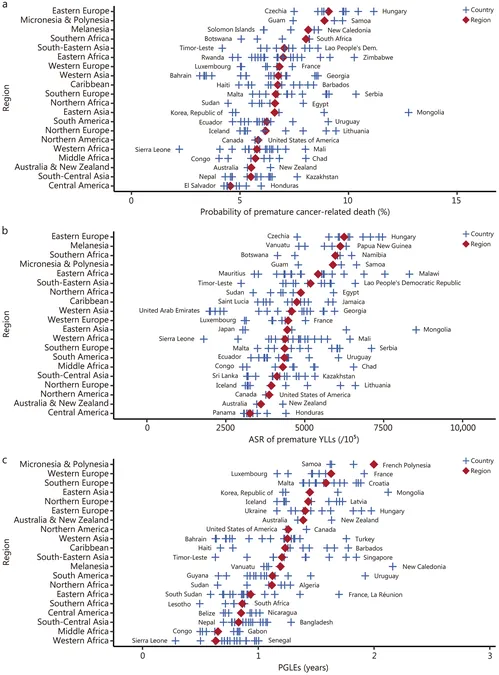
Unlocking Muscle Recovery: Is Hydrolyzed Curcumin Your Secret Weapon?
2025-09-04
Author: John Tan
Could Your Dose of Curcumin Make a Difference?
Recent research suggests that the effects of hydrolyzed curcumin on muscle recovery may depend on the dose. In a study involving 34 active males, higher doses of this powerful supplement were linked to "markedly delayed recovery" during muscle endurance tests compared to those taking lower doses.
Researchers from St. Mary’s University and other UK institutions raised an intriguing point: low doses of curcumin seemed to promote recovery, while higher doses could hinder it—creating a potential "inverted U" shaped response. This means that too much curcumin might actually slow your recovery instead of speeding it up!
Natural Remedies for Sports Recovery: A Better Approach?
After intense workouts, exercise-induced muscle damage (EIMD) and delayed onset muscle soreness (DOMS) can be common frustrations for athletes. These conditions occur when mechanical strain overstretches muscle fibers, causing inflammation and increasing the production of reactive oxygen species (ROS). While ROS is vital for muscle adaptation, it can also impede recovery and raise the risk of injuries.
While nonsteroidal anti-inflammatory drugs (NSAIDs) can alleviate DOMS, their long-term use could interfere with important inflammation pathways necessary for adaptation. That's why many are turning to natural alternatives like curcumin, known for its anti-inflammatory properties. However, its effectiveness might be limited due to poor absorption.
That's where hydrolyzed (liposomal) curcumin comes into play, potentially offering a more effective alternative for supporting sports recovery.
Study Insights: The Quest for Optimal Recovery
In this study, participants were randomly assigned to take either 750 mg or 1,500 mg of hydrolyzed curcumin from a company called Zooki, or a placebo over a seven-day period. The regimen started two days prior to inducing EIMD, which involved an intense leg press exercise at 110% of one's one-rep max.
The researchers monitored various indicators of oxidative stress and inflammation before, and then 24, 48, and 72 hours after EIMD, using blood markers, pain assessments, and muscle endurance tests.
Interestingly, while the higher-dosage group experienced notable decreases in pain and inflammatory markers like creatine kinase and interleukin-6, they also suffered slower recovery in muscle endurance 24 hours later compared to the lower-dosage group. The study concluded that higher doses might boost biochemical recovery but could hamper performance recovery.
What's Next? The Call for More Research
The researchers pointed out that the intensity of the EIMD could have been too significant for curcumin to exhibit clear effects on some inflammation markers. Prior research indicating that diets rich in fruits and vegetables correlate with lower inflammation might also have watered down some of their findings.
To clarify these outcomes, the study advocates for further research to explore whether these findings are unique or part of a consistent trend in muscle recovery. So, the next time you think about loading up on curcumin for post-workout recovery, remember: the right dose is key!



 Brasil (PT)
Brasil (PT)
 Canada (EN)
Canada (EN)
 Chile (ES)
Chile (ES)
 Česko (CS)
Česko (CS)
 대한민국 (KO)
대한민국 (KO)
 España (ES)
España (ES)
 France (FR)
France (FR)
 Hong Kong (EN)
Hong Kong (EN)
 Italia (IT)
Italia (IT)
 日本 (JA)
日本 (JA)
 Magyarország (HU)
Magyarország (HU)
 Norge (NO)
Norge (NO)
 Polska (PL)
Polska (PL)
 Schweiz (DE)
Schweiz (DE)
 Singapore (EN)
Singapore (EN)
 Sverige (SV)
Sverige (SV)
 Suomi (FI)
Suomi (FI)
 Türkiye (TR)
Türkiye (TR)
 الإمارات العربية المتحدة (AR)
الإمارات العربية المتحدة (AR)